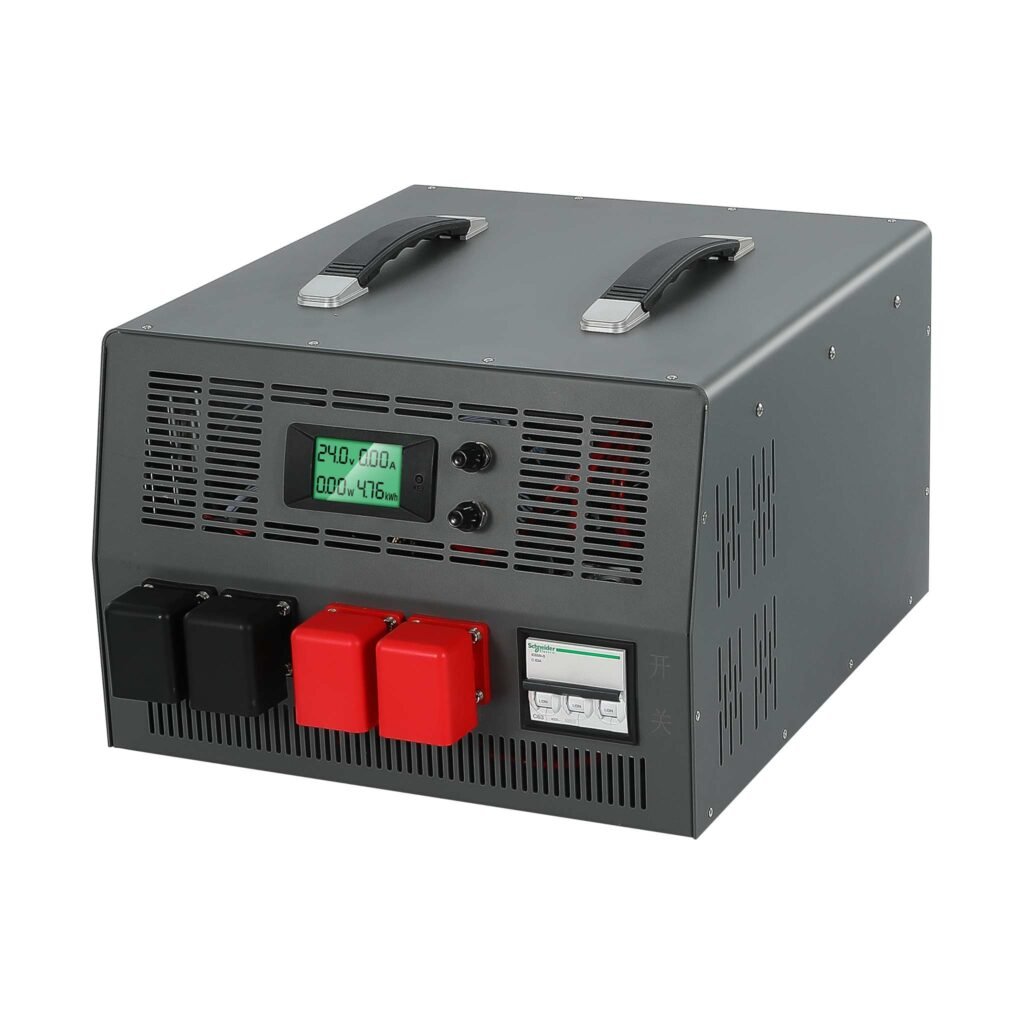A Switching Power Supply (SMPS) utilizes switching devices to rapidly switch on and off, regulating the proportion of time these devices are conducting and non-conducting to achieve energy conversion between the input and output voltages. Its working principle can be broken down into the following steps:

- AC Input and Rectification:
- The SMPS first receives alternating current (AC) from the power grid (typically 220V or 110V). This AC is then converted into pulsating direct current (DC) through a rectifier bridge, usually composed of four diodes. The diodes convert the negative half-cycles of the AC into positive ones, resulting in a one-directional pulsating DC.
- Filtering:
- The pulsating DC still contains significant ripples, which need to be smoothed out. This is achieved through a filter, typically consisting of inductors and capacitors. These components absorb or release energy, effectively smoothing out the voltage fluctuations.
- Switching Conversion:
- The filtered DC enters the switching conversion stage, which is the heart of the SMPS. The key component here is a switching transistor (such as a MOSFET). This transistor rapidly switches on and off at high frequencies. When the transistor is on, the input voltage passes through the primary side of a transformer, storing energy. When it’s off, the energy is released from the secondary side of the transformer, generating an output DC voltage. By adjusting the on/off time ratio (duty cycle) of the transistor, the energy conversion and voltage regulation between the input and output are achieved.
- Transformation and Isolation:
- The transformer within the SMPS serves two purposes: transforming the high-voltage DC into a lower-voltage DC suitable for the load, and providing electrical isolation to protect the load circuit from high-voltage interference and potential safety hazards.
- Output Rectification and Filtering:
- The voltage output from the transformer is still pulsating DC, which needs to be rectified and filtered again to produce a stable DC output. This is done through an output rectifier bridge, often made of fast-recovery diodes like Schottky diodes, and another filter to further remove voltage ripples.
- Feedback and Control:
- To ensure a stable output voltage, the SMPS continuously monitors the output voltage and adjusts the transistor’s on/off time ratio accordingly. The feedback control circuit samples the output voltage, compares it with a reference voltage, and generates a control signal to drive the transistor. This forms a closed-loop control system, ensuring output voltage stability and accuracy.
Furthermore, SMPSs incorporate various protection mechanisms, such as overvoltage protection, short-circuit protection, and over-temperature protection, to automatically cut off power or reduce output power in abnormal conditions, safeguarding the circuit and load.
In summary, the working principle of a Switching Power Supply relies on high-speed switching, transformation, rectification, filtering, and feedback control to achieve energy conversion and stable output voltage between the input and output. Based on power electronics and control theory, SMPSs offer small size, high efficiency, and low heat generation, making them widely used in applications like mobile phone chargers, computer power supplies, and LED lighting.
